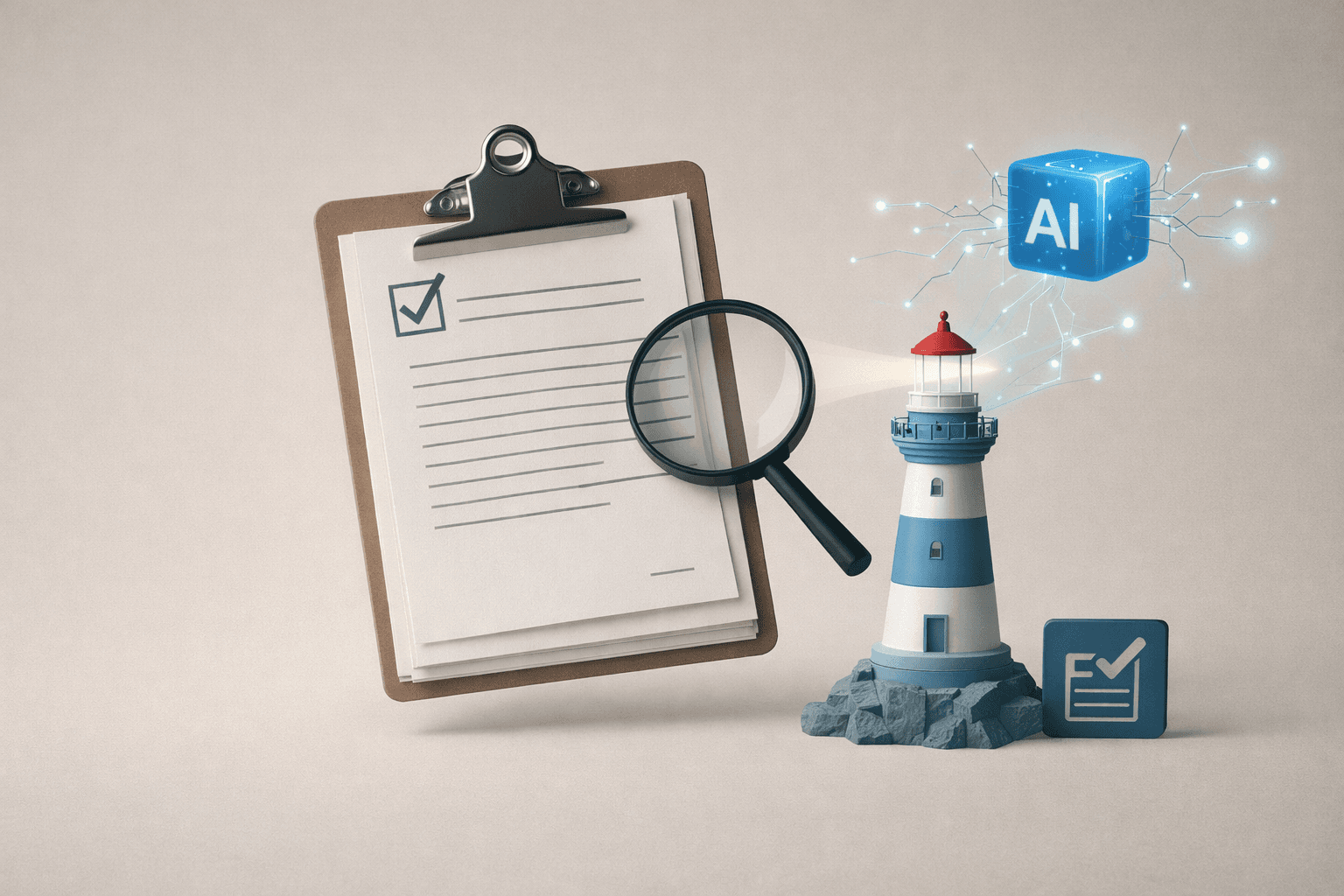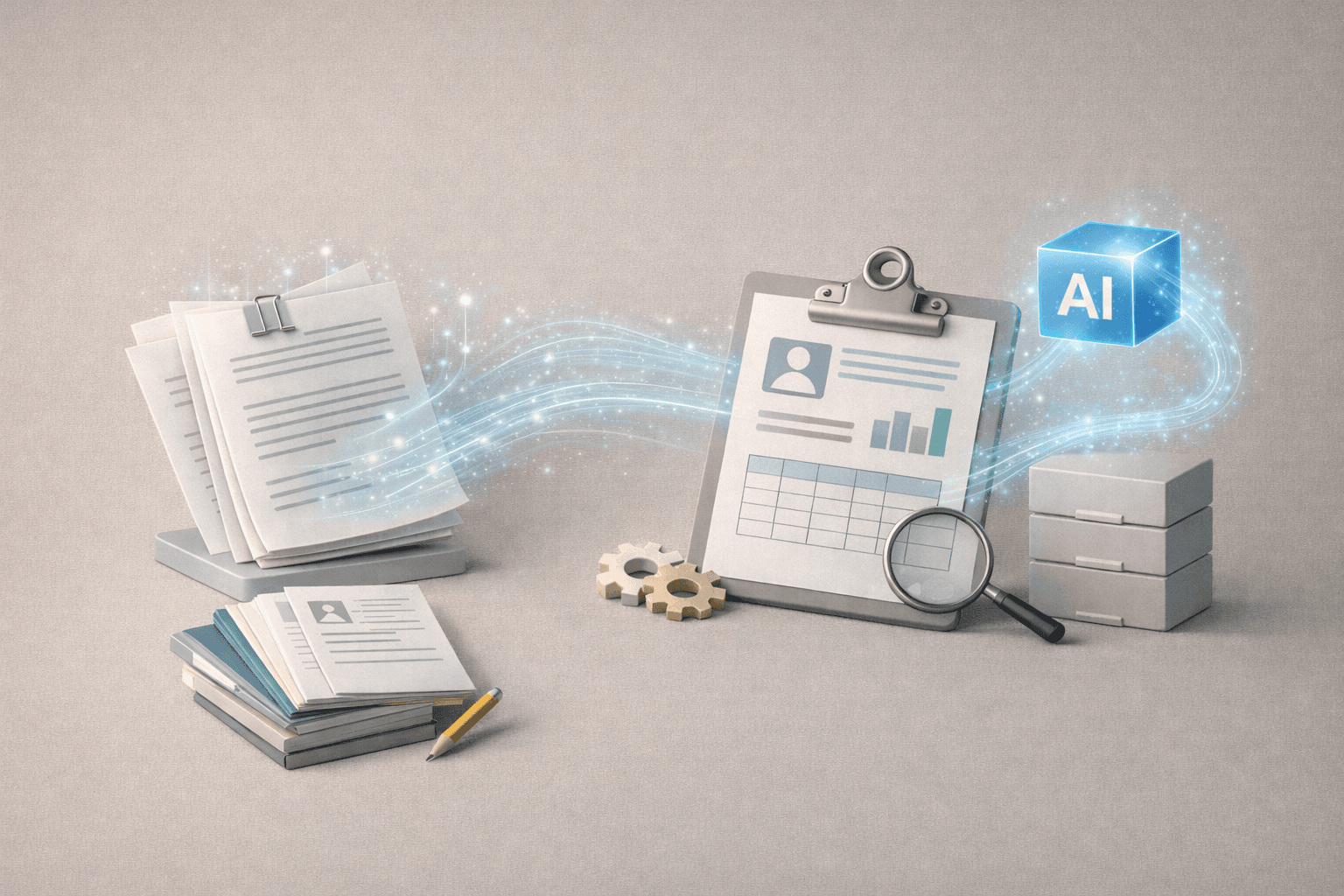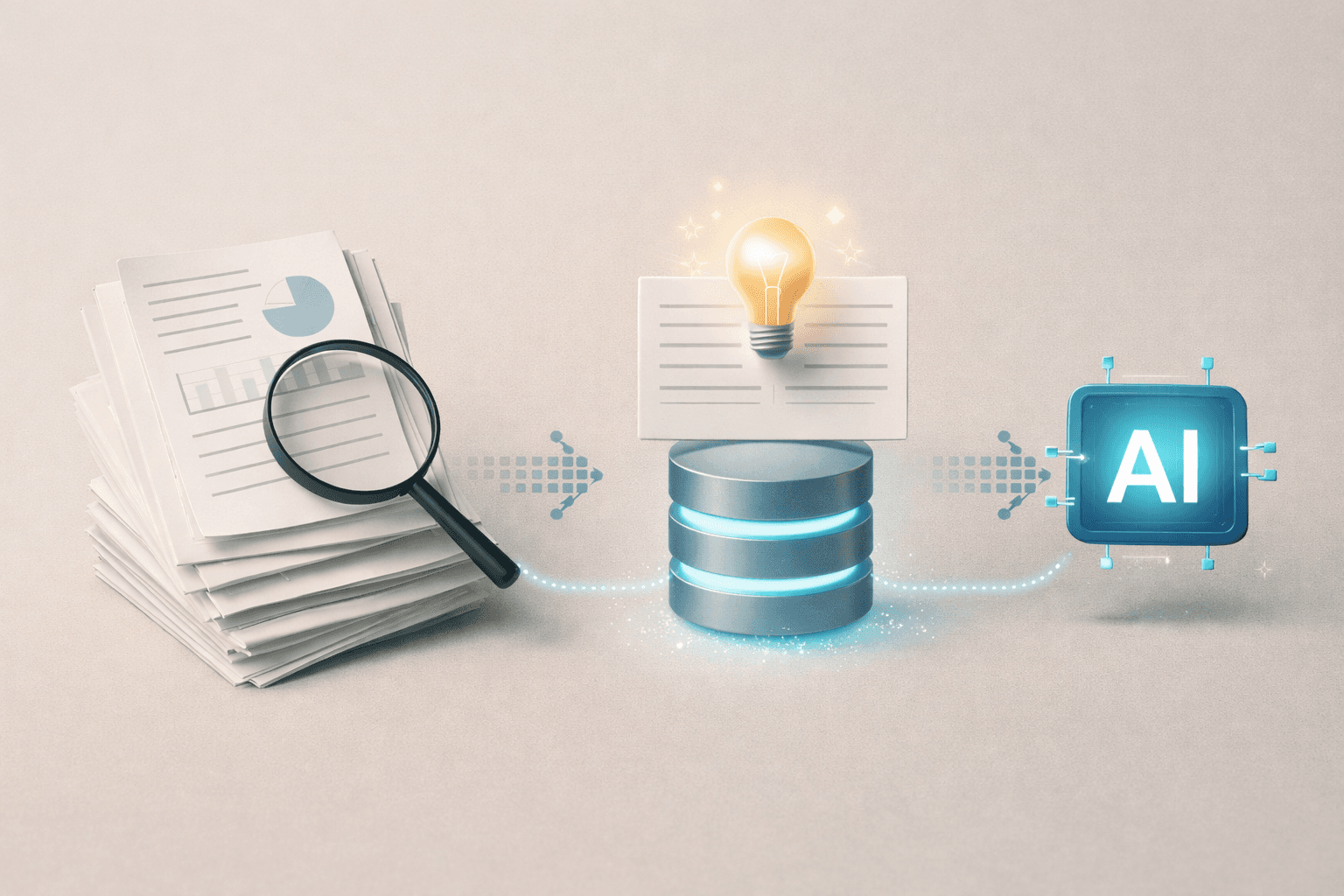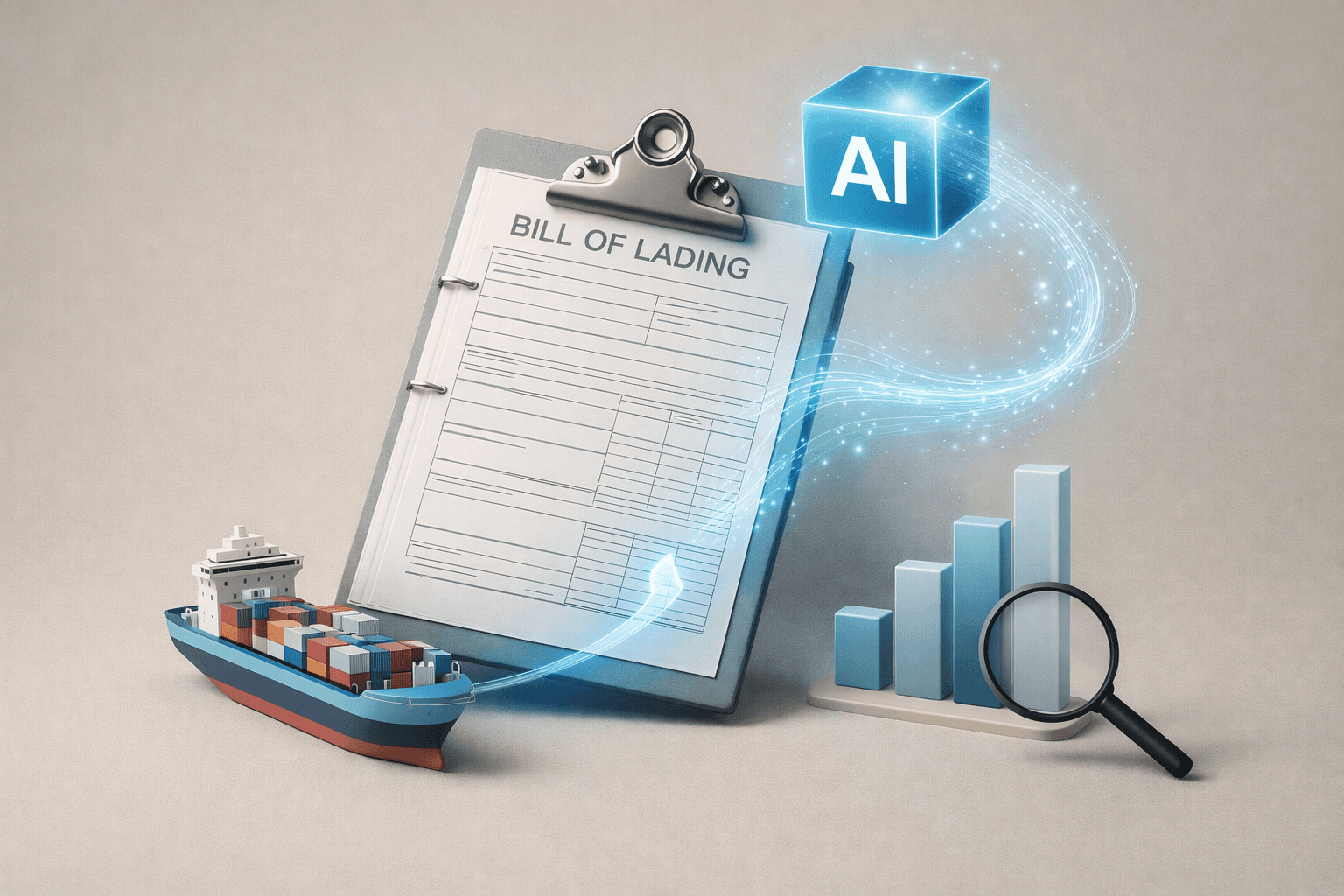Insight
AI-Powered Document Writing: The Complete Guide to Saving Time and Boosting Quality
Sep 23, 2025
Why AI Document Automation Is Essential
Time Lost to Repetitive Document Writing
In enterprise operations, a vast number of documents are generated on a recurring basis. Most of these follow fixed formats and include repetitive content elements. Monthly reports, customer proposals, campaign briefs, NDAs, and contract drafts often follow a predictable structure. However, creating them manually each time consumes considerable time and resources—time that could be better spent on strategic thinking, analysis, or planning.
Difficulty Maintaining Format and Consistency Across Departments
Different teams require different formats and tones. Marketing prioritizes creativity and design, legal demands precision and standardized clauses, and product teams focus on clarity around functions. Amidst such diversity, maintaining brand and document consistency is a challenge. A robust template-based system combined with automated document creation is key to overcoming this.
Rising Demand for Automation in Collaboration and Approval
The typical document lifecycle—drafting → peer review → team lead feedback → legal/security approval—is both repetitive and time-consuming. Especially in environments where collaboration spans multiple stakeholders (e.g., policy or contract documents), AI becomes more than an automation tool—it becomes a core enabler of efficient collaboration.
The End-to-End Workflow of AI Document Writing
1. Information Gathering: Keywords, Summaries, References
AI systems begin by understanding context based on user inputs like keywords, topic summaries, reference links, or even internal document databases. Advanced integrations may pull structured data directly from CRMs, ERPs, or document repositories to support contextual awareness.
2. Template Configuration: Format by Purpose
Templates define consistent structure for various types of documents—reports, emails, proposals, internal policies, and more. A well-designed template includes headers, table of contents, structured body sections, signature areas, and appendices aligned to the document's purpose and audience.
3. Draft Generation: Interactive, Contextual Writing
Using large language models (like GPT), the AI generates a full draft document. Users can interact with the AI to refine tone and content, with commands like "make it 10% shorter" or "rewrite this section in legal tone." Drafting becomes an adaptive, conversational experience.
4. Review and Editing: Human Oversight Meets Automated Proofing
After draft creation, automated grammar and format checks are applied. Users then make contextual edits—adjusting tone, aligning with brand voice, validating data sources. Integrated feedback workflows track edits, version changes, and approval status.
5. Export and Distribution: Multiple Formats, Seamless Integration
Finalized documents can be exported in PDF, DOCX, HTML, or Markdown formats. AI-generated documents can also be automatically uploaded to DMS systems, attached to emails, or integrated into groupware platforms. Version control ensures clarity throughout the collaboration process.
AI Document Writing Use Cases by Team

Business Reports: Automated Performance Summaries
Generate monthly or weekly business performance reports using real-time ERP or CRM data, complete with visualizations, KPIs, and commentary.
Legal Documents: Contract Drafting and Clause Comparison
Use prior legal templates to generate new NDA, service agreement, or supplier contract drafts. AI can also compare clauses against standardized legal libraries.
Marketing Content: Copywriting and Campaign Briefs
Generate landing page copy, newsletters, product brochures, and campaign slogans using product details, buyer personas, and campaign objectives. Content can be exported in email-ready HTML format.
Research Writing: Technical Summaries and Literature Reviews
Upload academic papers or technical reports and get summarized insights, side-by-side comparisons, or structured literature reviews. This frees up researchers to focus on analysis.
Proposals and Plans: Framework-Driven Auto Assembly
Provide key details like objective, timeline, budget, risks—and let AI build the full proposal document using predefined internal frameworks, with consistent branding.
Security and Quality Considerations for AI Document Generation
Local vs. Cloud Generation Based on Sensitivity
Documents containing sensitive internal, HR, or customer data should be generated on-premise, not via external APIs. Choose solutions that support secure local processing.
Data Sanitization and Copyright Compliance
Ensure training data and generation inputs/outputs are free from copyrighted material or personal information. Maintain clear policies for citation and document ownership.
Review and Feedback Integration
Human review is essential. Integrate approval workflows and continuous feedback loops so that AI-generated content improves over time and aligns with internal standards.
Style, Tone, and Format Consistency
AI should learn and apply each department's preferred tone, style, and layout. Templates and brand voice guidelines must be embedded to maintain internal coherence.
How Wissly Enables Secure, Local AI Document Automation
On-Prem Document Generation Architecture: No external API calls—document generation happens securely within your private network.
Template-Based Drafting Engine: Automatically generates structured documents based on internal templates for each department or document type.
Style and Format Adaptation: Learns from historical documents to replicate tone, paragraph structure, and stylistic patterns.
Source Traceability and Audit Logs: Track what content was generated, from which data source, and under what prompt.
Support for Multiple Formats (PDF, DOCX, HWP, etc.): Convert documents to the right format, integrate with DMS platforms.
Version History and Approval Visualization: See the full edit trail, from draft to approval, including who reviewed what and when.
Conclusion: Smarter, Faster Documents with AI Collaboration
AI is no longer just a text-generation tool—it’s a partner in high-quality, efficient, and scalable document creation. With AI drafting first drafts and humans focusing on review and decision-making, the ideal collaboration workflow is now achievable.
With Wissly, even security-sensitive enterprises can confidently implement AI-powered document automation. Reduce repetitive work and refocus your teams on what really matters—starting today.
Recommended Content









